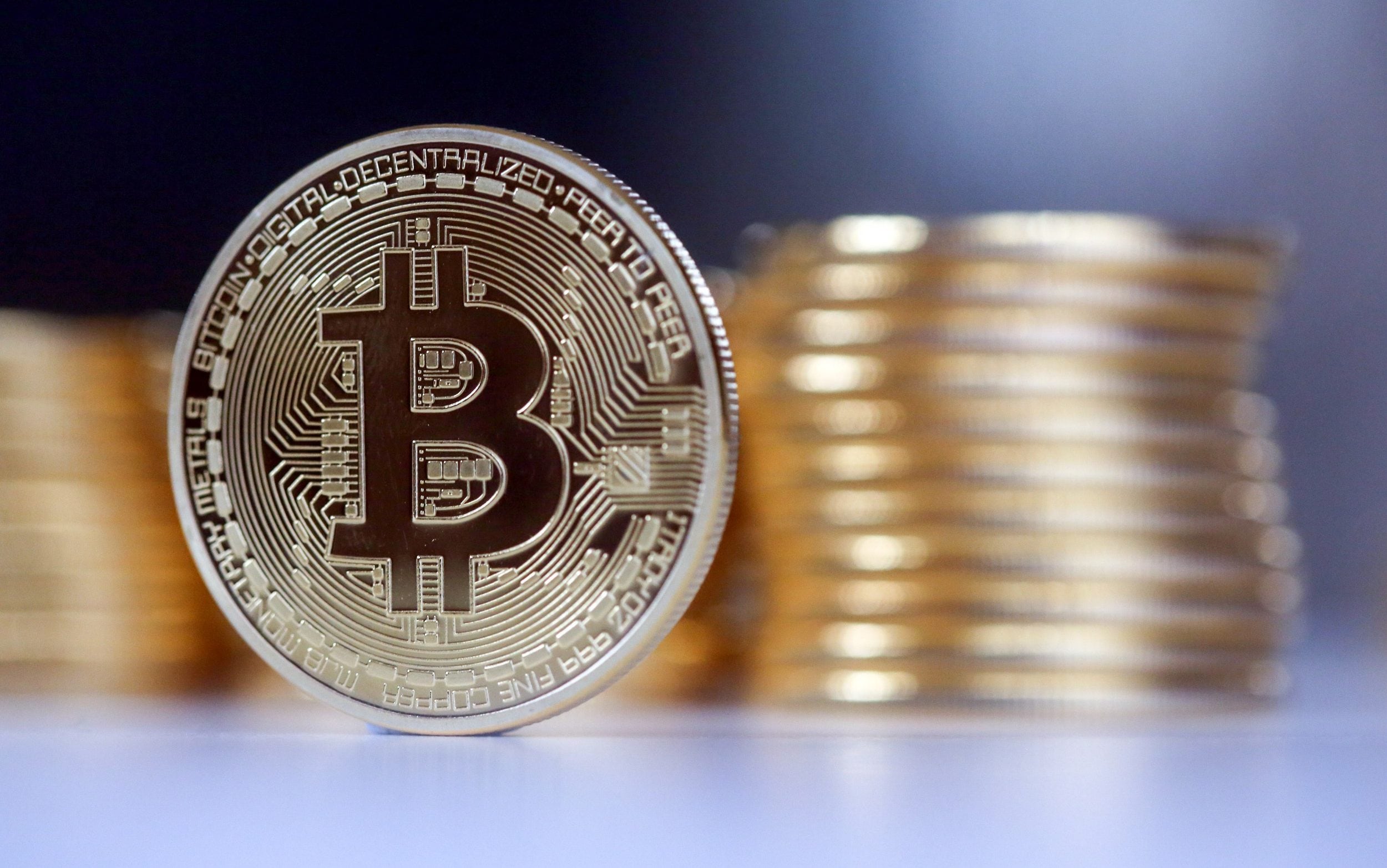U.S. State of Texas Pushes Forward with Bitcoin Reserve Bill
11.03.2025 14:42 2 min. read Alexander Stefanov
Texas is making another bold move towards integrating Bitcoin into its financial framework with a new legislative proposal.
The bill, HB 4258, aims to allocate up to $250 million from the state’s economic stabilization fund to invest in Bitcoin and other digital assets. This follows the recent success of SB 778, which has already gained significant support in the state Senate.
Unlike SB 778, HB 4258 introduces a cap on the investment amount and opens the door for local governments, such as municipalities and counties, to invest up to $10 million each. If passed, the bill would take effect on September 1, 2025, further solidifying Texas’ position as a leader in cryptocurrency adoption in the U.S.
This push is part of a wider trend across the nation, with 21 states currently considering similar digital asset reserve initiatives. Texas is positioning itself strategically, with key industries in energy, technology, and finance already established in areas like Houston, Austin, and Dallas. These factors make Bitcoin a natural fit for the state’s future economic development.
Support for these efforts has been strong, with Lieutenant Governor Dan Patrick calling the Bitcoin reserve a key move in securing Texas’ financial future. By emphasizing Bitcoin’s limited supply and decentralized nature, he argued it could set a precedent for other states to follow. As Texas continues to lead the charge, this growing momentum is seen as essential for positioning the state—and the nation—as a leader in the evolving world of digital assets.
-
1
Bitcoin Hashrate Declines 3.5%, But Miners Hold Firm Amid Market Weakness
27.06.2025 21:00 2 min. read -
2
Trump-Linked Truth Social Pushes for Bitcoin-Ethereum ETF as Crypto Strategy Expands
25.06.2025 19:00 2 min. read -
3
Bitcoin’s Price Closely Mirrors ETF Inflows, Not Corporate Buys
26.06.2025 11:00 2 min. read -
4
Crypto Company Abandons Bitcoin Mining to Focus Entirely on Ethereum Staking
26.06.2025 20:00 1 min. read -
5
Bitcoin Hits New All-Time High Above $112,000 as Short Squeeze and Tariffs Fuel Rally
10.07.2025 0:35 2 min. read
Peter Schiff Warns of Dollar Collapse, Questions Bitcoin Scarcity Model
Gold advocate Peter Schiff issued a stark warning on monetary policy and sparked fresh debate about Bitcoin’s perceived scarcity. In a pair of high-profile posts on July 12, Schiff criticized the current Fed rate stance and challenged the logic behind Bitcoin’s 21 million supply cap.
Bitcoin Price Hits Record Highs as Exchange Balances Plunge
A sharp divergence has emerged between Bitcoin’s exchange balances and its surging market price—signaling renewed long-term accumulation and supply tightening.
What’s The Real Reason Behind Bitcoin’s Surge? Analyst Company Explains
Bitcoin touched a new all-time high of $118,000, but what truly fueled the rally?
Bitcoin Lesson From Robert Kiyosaki: Buy Now, Wait for Fear
Robert Kiyosaki, author of Rich Dad Poor Dad, has revealed he bought more Bitcoin at $110,000 and is now positioning himself for what macro investor Raoul Pal calls the “Banana Zone” — the parabolic phase of the market cycle when FOMO takes over.
-
1
Bitcoin Hashrate Declines 3.5%, But Miners Hold Firm Amid Market Weakness
27.06.2025 21:00 2 min. read -
2
Trump-Linked Truth Social Pushes for Bitcoin-Ethereum ETF as Crypto Strategy Expands
25.06.2025 19:00 2 min. read -
3
Bitcoin’s Price Closely Mirrors ETF Inflows, Not Corporate Buys
26.06.2025 11:00 2 min. read -
4
Crypto Company Abandons Bitcoin Mining to Focus Entirely on Ethereum Staking
26.06.2025 20:00 1 min. read -
5
Bitcoin Hits New All-Time High Above $112,000 as Short Squeeze and Tariffs Fuel Rally
10.07.2025 0:35 2 min. read


